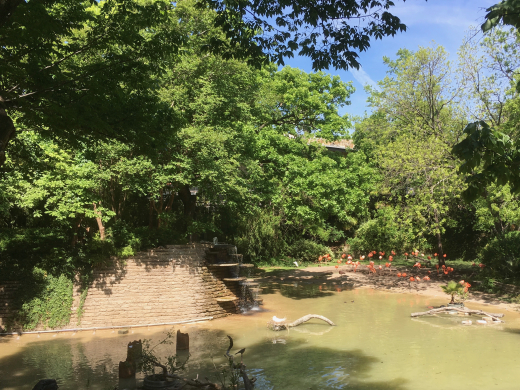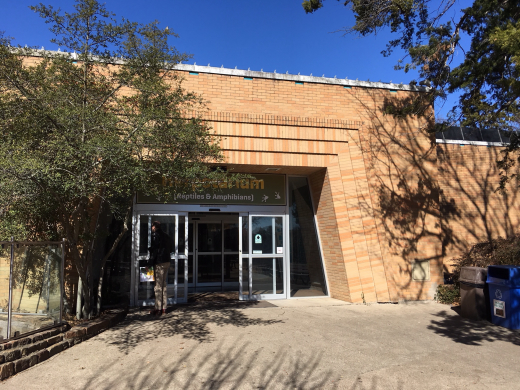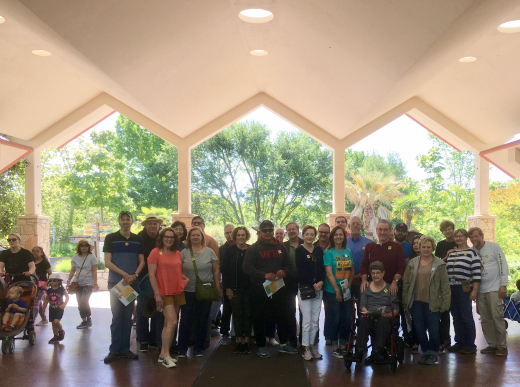On a lovely Saturday morning on April 28, 2018, about thirty modern enthusiasts from North Texas toured the historic Dallas Zoo on Marsalis Avenue, located at its current location since 1912, for a memorable tour and lecture co-sponsored by °®¶¹app NTX and Preservation Dallas.
The day began with a talk in the 1963 Entrance Building, entitled ZOO MODERN (or ZoMo) by Willis Winters, FAIA, Director of the Dallas Park and Recreation Department. Winters, also an architect and avid preservationist, presented a fascinating overview of the history of the zoo, and its several periods of rebirth and revision, during its 100+ years at its current location. Of particular note was, of course, the discussion about the modern heritage of the zoo, which featured a number of significant buildings from the 1950s and 1960s. These were mostly designed by the firms of Tatum & Quade and Christensen & Christensen (or George E Christensen), working within a 1959 master plan prepared by landscape architects Hare and Hare.






